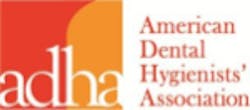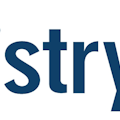ADHA white paper examines effectiveness of dental hygiene diagnosis
The American Dental Hygienists' Association (ADHA) released a new white paper that underscores the ability of the dental hygienist to perform dental hygiene diagnosis as part of the oral care team. According to the ADHA paper, dental hygiene diagnosis is an essential part of dental hygiene care and scope of practice, yet confusion exists on how to implement it into daily practice.
ADHA defines dental hygiene diagnosis as “the identification of an individual’s health behaviors, attitudes, and oral health care needs for which a dental hygienist is educationally qualified and licensed to provide. The dental hygiene diagnosis requires evidence-based critical analysis and interpretation of assessments to reach conclusions about the patient's dental hygiene treatment needs.”
ADHA president Betty Kabel, RDH, BS, said, “Through dental hygiene diagnoses, dental hygienists educate patients on behaviors that minimize risks of oral infections, help detect risk factors for infectious diseases and cancers of the head and neck. This elevates the role of the dental hygienist within the overall healthcare system, as we seek to expand the access to oral care. It's important to utilize the dental hygiene diagnoses regularly and consistently to ensure optimal care for our patients.”
While dental hygienists’ rigorous education prepares them to provide preventive and therapeutic oral health services, the profession’s scope of practice varies from state to state. ADHA emphasizes that it is important for dental hygienists to fully utilize their education to provide oral health care services that fall within their scope, especially for populations that lack adequate access to oral health care services. The organization also advocates for using the new white paper as a resource by policymakers involved in decisions about state practice acts.
For more information, please visit adha.org.


